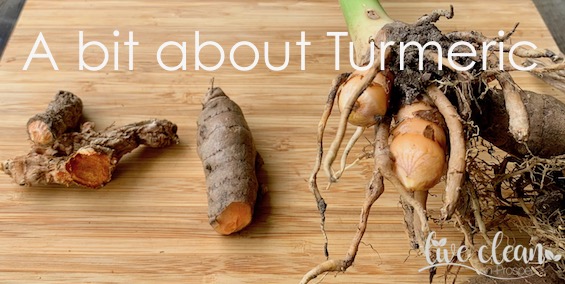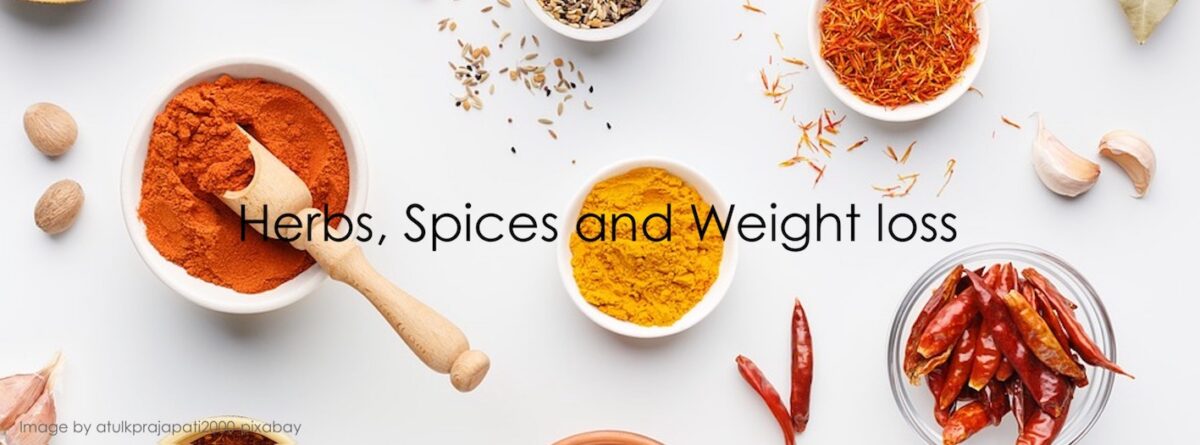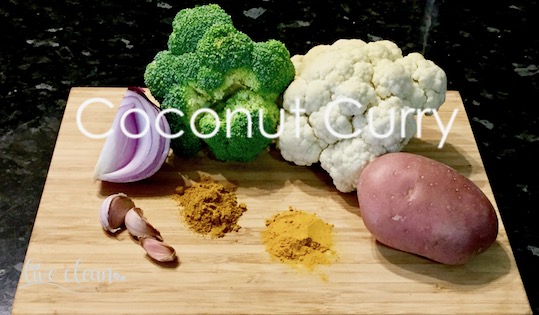Todays post is about Turmeric.
This is a plant that grows very successfully in our garden. Scott needs to harvest it quite regularly to stop it from taking over the vegetable bed.
Turmeric is something that has received much interest from both the medical/scientific worlds as well as from the culinary world.
I thought I would share some information about it and it’s uses.
Is it herb or spice?
Turmeric is actually a spice. The plant is part of the Ginger family and its botanical name is Curcuma longa. Curcuma is native to Southern Asia and it’s used for both medicinal and religious applications. Like ginger, the root or rhizome of the plant is mainly used.
For centuries it has been used in various ways. As early as 600BC, Turmeric was listed as a colouring an Assyrian herbal text. Documents record that it had reached China by the seventh century AD. By the 13th century it was being used as a dye in West Africa.
What about health applications?
Worldwide, the health applications of Turmeric or Curcumin, vary greatly. It is used as an antiseptic in Malaysia, as an anti-inflammatory agent in Pakistan and in Thailand it is used in cosmetics.
Recently, science has started to back up what the Eastern cultures have known for a long time. Turmeric really does contain compounds with medicinal properties. These compounds are called curcuminoids, one of which is curcumin.
What is Curcumin?
Curcumin is the main active ingredient in turmeric. It has powerful anti-inflammatory effects and is a very strong antioxidant.
Studies have revealed that curcumin aids in the management of various health conditions. These include inflammation, metabolic syndrome, arthritis and anxiety. It may also help in the management of exercise-induced inflammation and muscle soreness. Scientists have concluded that may enhance recovery and performance in active people. In addition, relatively low doses can provide health benefits for people that do not have diagnosed health conditions.
Actually, the body has difficulty with absorbing curcumin into the bloodstream. However there are ways to improve this situation. It is fat soluble, so consuming it with some healthy fats will increase the absorption. Add to this some piperine, a substance in black pepper, to increase absorption of curcumin by up to 2000%.
Interestingly, the curcumin content of turmeric is not that high. On average it contains only around 3%.
Most of the studies on this spice are using just the curcumin compound itself, with dosages usually exceeding 1 gram per day. It would be very difficult to reach these levels just using the turmeric spice in your foods.
With this in mind, it is easy to supplement your diet. Health stores sell capsules, drink mixes and chewable vitamins. It is readily available in different concentrations that already blended with the ingredients that assist with absorption.
There are even pet supplements now with turmeric!
Turmeric as a food spice
It is remarkable how versatile its flavour becomes in a wide variety of dishes. United States manufacturers use it as a preservative and a colouring agent in mustard sauce, cheese, butter, and chips.
Turmeric makes significant contribution to the flavours of Indian style curries. However, many Asian dishes use fresh grated turmeric. Fresh rhizomes are also used in making commercial and homemade pastes. Recently, it has been making an appearance in salad dressings, smoothies and teas.
Conveniently, turmeric powder will always be a stronger flavour. This is because the active ingredients becoming concentrated with the removal of the water content. Should you wish to use turmeric powder as a substitute for fresh, use about one quarter of the amount in the recipe for fresh.
Try adding some Turmeric to your diet. It doesn’t matter what form it is in, any will be beneficial.
Till the next post,
Live clean n Prosper.
Sources – Wikipedia, National Library of Medicine –



